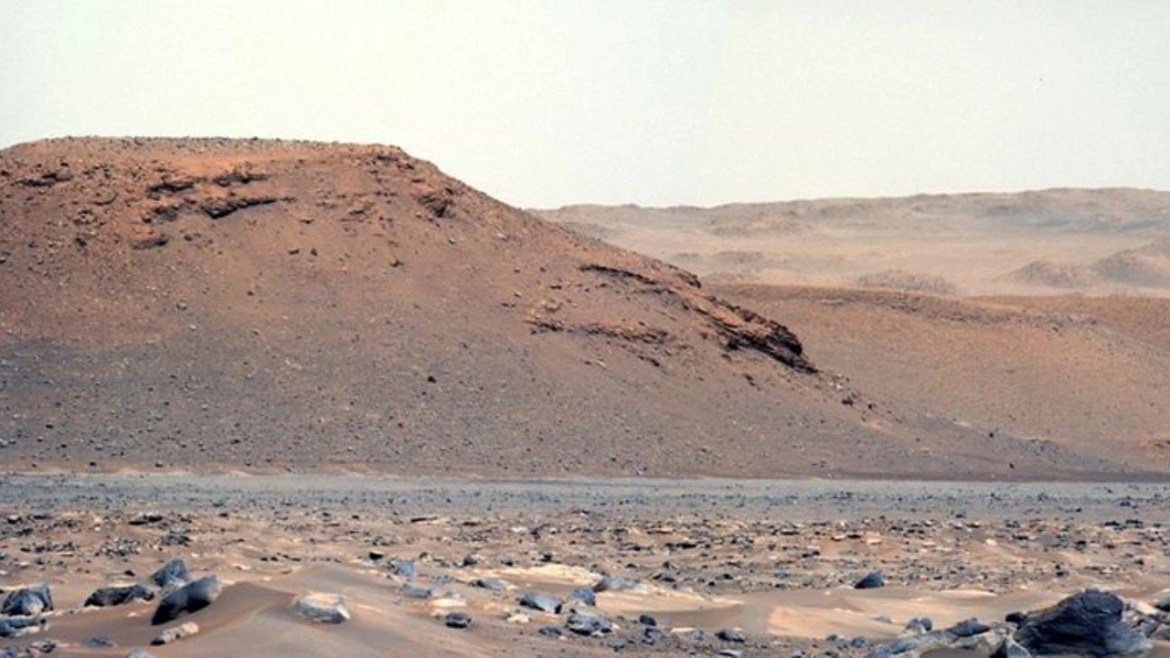NASA scientists are now unsure of where to find Martian life. The Mars rover Perseverance was launched from Florida on July 30, 2020. The vehicle, the size of a large family car, landed in Jezero Crater on February 18. Researchers estimate that 3.5 billion years ago the crater contained a deep lake in conditions that could have supported extraterrestrial life.
The rover searches for traces of alien life in the Jezero Crater, which scientists think is an ancient river. Using the vehicle’s various instruments, the science team gathers detailed chemical and mineralogical information. These samples will be brought to Earth in the coming years.
The work of NASA researchers made a sound
Examining the photos taken by the Perseverance rover, the scientific team determined the places where biological traces can be found. Researchers think the cliff near an ancient river delta could potentially hold life remnants.

According to the team’s study published in the journal Science, the area in question is Kodiak hill, located near the main delta. Astrobiologist Amy Williams’ team has discovered similarities between the features of cliffs in craters and the patterns of river deltas on Earth.
The shape of the bottom three layers indicates the presence and continuous flow of water in the early stages. This suggests that there was a hydrological cycle on Mars about 3.7 billion years ago. In addition, the hydrological cycle shows the hot and humid environment.
Also, the NASA team said that this change in hydrological activity is likely due to climate change. The team studying Kodiak also measured water levels in this ancient body of water. Accordingly, they reported that it will be approximately 2,500 meters high and that the height in question has changed over time.
The uppermost and newest layers, however, contain rocks over a meter in diameter. Scientists said it may have been dispersed by severe flooding.